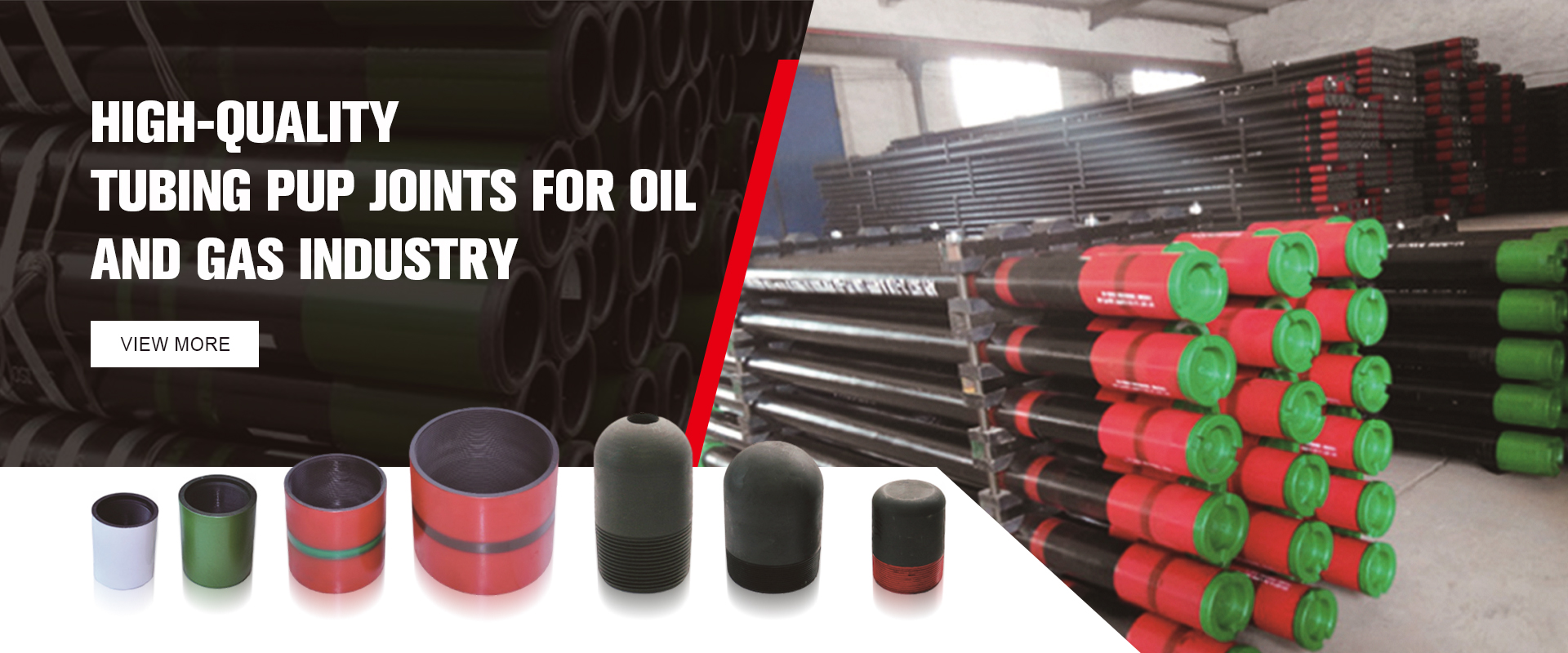- Afrikaans
- Albanian
- Amharic
- Arabic
- Armenian
- Azerbaijani
- Basque
- Belarusian
- Bengali
- Bosnian
- Bulgarian
- Catalan
- Cebuano
- Corsican
- Croatian
- Czech
- Danish
- Dutch
- English
- Esperanto
- Estonian
- Finnish
- French
- Frisian
- Galician
- Georgian
- German
- Greek
- Gujarati
- Haitian Creole
- hausa
- hawaiian
- Hebrew
- Hindi
- Miao
- Hungarian
- Icelandic
- igbo
- Indonesian
- irish
- Italian
- Japanese
- Javanese
- Kannada
- kazakh
- Khmer
- Rwandese
- Korean
- Kurdish
- Kyrgyz
- Lao
- Latin
- Latvian
- Lithuanian
- Luxembourgish
- Macedonian
- Malgashi
- Malay
- Malayalam
- Maltese
- Maori
- Marathi
- Mongolian
- Myanmar
- Nepali
- Norwegian
- Norwegian
- Occitan
- Pashto
- Persian
- Polish
- Portuguese
- Punjabi
- Romanian
- Russian
- Samoan
- Scottish Gaelic
- Serbian
- Sesotho
- Shona
- Sindhi
- Sinhala
- Slovak
- Slovenian
- Somali
- Spanish
- Sundanese
- Swahili
- Swedish
- Tagalog
- Tajik
- Tamil
- Tatar
- Telugu
- Thai
- Turkish
- Turkmen
- Ukrainian
- Urdu
- Uighur
- Uzbek
- Vietnamese
- Welsh
- Bantu
- Yiddish
- Yoruba
- Zulu
High-Quality 1% 201% 202% Stainless Steel Couplings for Durable Applications and Long-Lasting Performance
Understanding 1% 201% 202 Stainless Steel Couplings
Stainless steel couplings are vital components widely used in various industries for connecting pipes, tubes, and other elements in a mechanical system. Among the many types of stainless steel available, 201 and 202 stainless steel alloys are popular choices, particularly when considering the cost-effectiveness and durability of such materials.
What is Stainless Steel 201 and 202?
Stainless steel 201 and 202 are part of the austenitic family of stainless steels, which means they consist primarily of iron, chromium, and nickel. However, one of the key differences lies in their composition, especially in their nickel content.
201 stainless steel contains a lower percentage of nickel and incorporates manganese as a partial substitute, resulting in enhanced hardness and a lower cost. In contrast, 202 stainless steel contains slightly more nickel and has a composition that can include more nitrogen, providing greater strength and corrosion resistance than 201. Both types offer good resistance to oxidation and corrosion, making them suitable for various applications.
Applications of 201 and 202 Stainless Steel Couplings
Stainless steel couplings made from the 201 and 202 grades are extensively used in industries such as food processing, pharmaceuticals, construction, and plumbing. Their robust nature ensures that even in high-pressure environments, they can maintain structural integrity and performance.
These couplings are often used in hydraulic systems, plumbing systems, and applications requiring durable connections to avoid leaks. Moreover, the aesthetic appeal of stainless steel makes it a preferred choice for visible installations, such as in architecture and design.
1 1 2 stainless steel coupling

Advantages of Using 201 and 202 Stainless Steel Couplings
1. Cost-Effectiveness One of the primary benefits of using 201 and 202 stainless steel couplings is their cost. With lower nickel content, they are generally less expensive than higher-grade stainless steels, contributing to budget-friendly projects without sacrificing quality.
2. Durability Couplings manufactured from 201 and 202 stainless steel exhibit excellent physical properties. They offer good tensile strength, meaning they can withstand significant pressures and loads.
3. Corrosion Resistance Both grades provide adequate resistance to rust and corrosion, making them suitable for applications that may encounter moisture or chemicals.
4. Low Maintenance Due to their durable nature, these couplings require minimal maintenance, making them an efficient choice for long-term solutions.
5. Versatility Stainless steel couplings are available in various sizes and designs, allowing them to be applied in numerous settings and configurations.
Conclusion
In summary, 1% 201 and 202 stainless steel couplings present an excellent solution for connecting various piping systems across multiple industries. Their combination of cost-effectiveness, strength, corrosion resistance, and versatility makes them indispensable components in modern engineering applications. When selecting a coupling for a specific project, considering the properties of 201 and 202 stainless steel can help ensure optimal performance and longevity in your systems. As industries continue to evolve, the demand for reliable and efficient components will only grow, solidifying the role of stainless steel couplings in the modern landscape.
-
Tubing Pup Joints: Essential Components for Oil and Gas OperationsNewsJul.10,2025
-
Pup Joints: Essential Components for Reliable Drilling OperationsNewsJul.10,2025
-
Pipe Couplings: Connecting Your World EfficientlyNewsJul.10,2025
-
Mastering Oilfield Operations with Quality Tubing and CasingNewsJul.10,2025
-
High-Quality Casing Couplings for Every NeedNewsJul.10,2025
-
Boost Your Drilling Efficiency with Premium Crossover Tools & Seating NipplesNewsJul.10,2025







